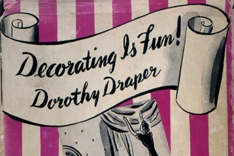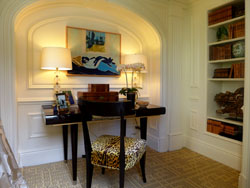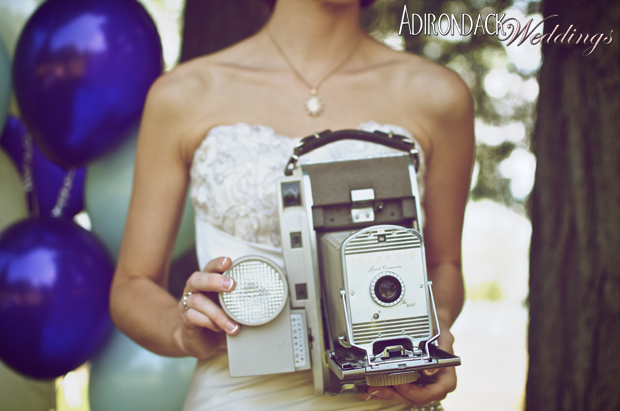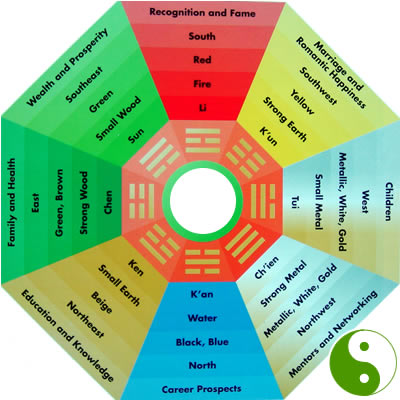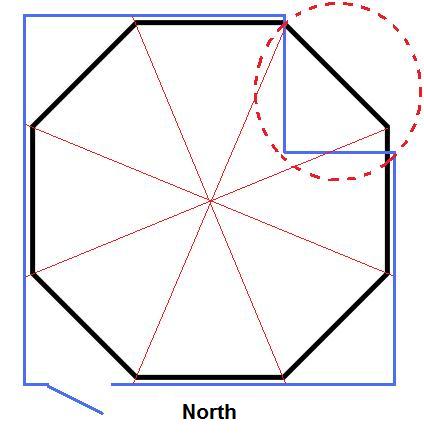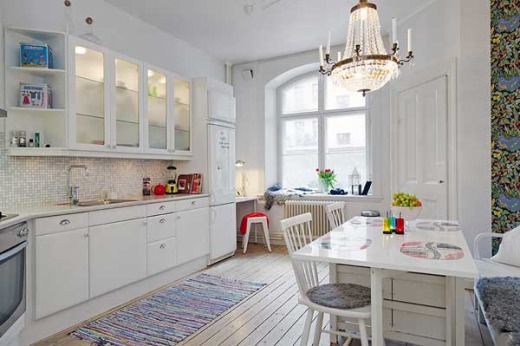Feng Shui Homework: 9 To-Do's for Your Home Office
 Franca Giuliani
Franca Giuliani  Friday, June 14, 2013 at 9:00AM
Friday, June 14, 2013 at 9:00AM 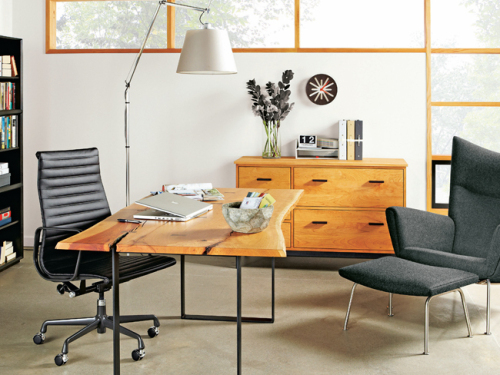 Room & Board's Chilton table makes a great home office desk.
Room & Board's Chilton table makes a great home office desk.
Who wouldn’t want to work from home? Ahhhh! Working from home can definitely have its advantages. You save time. You save money on commuting. You can manage your personal obligations in between breaks.
However, some people can’t seem to grasp the balance when working from home. They seem to get distracted very easily, not accomplishing much, or perhaps taking too many naps. Some tend to overeat, aimlessly surf the Web, and watch TV as opposed to the time clock. Before you decide to work from home, you must be really honest with yourself and ask a few important questions.
- Is a home office the best environment for my personality?
- Will I be able to separate my work life and home life while in one space?
- Do I think I will eat more? drink more? waste more time?
From a feng shui perspective, a working-from-home environment can be a real challenge. If you can’t find a balance between work and your private life, it may cause you more stress than anything else.
Here are the top 9 suggestions to help you create a harmonious work-from-home-environment. And, these tips are 9 in number for a good reason. The number 9 is the number with the highest energy. Hopefully, these suggestions will give you a great jump start!
- Pick a room or a space as separate as possible from your home life. For example, it is not advised to have your “office desk” in the same space as your living room or TV room. If you have a spare room, use it. If the only extra space you have to create a home office is in the basement, that’s not ideal, but it is doable. Just makes sure you have a lot of uprising energy represented, such as up-lighting, the color green, ventilation, and hopefully some natural light.
- Make sure you do not put your desk in a vulnerable position. It should be facing the door but not directly in front of it.
- Your chair should have support by having a solid wall behind it. A window behind the chair is not advised. If there are no other solutions, use heavy drapery to symbolically create that support.
- Your chair should be comfortable for you. It should give your body good support. Consider one with a high back, armrests, wheels, and the ability to turn from side to side (so good "motion seating"). You don’t want to ever feel that you are "stuck" or rigid.
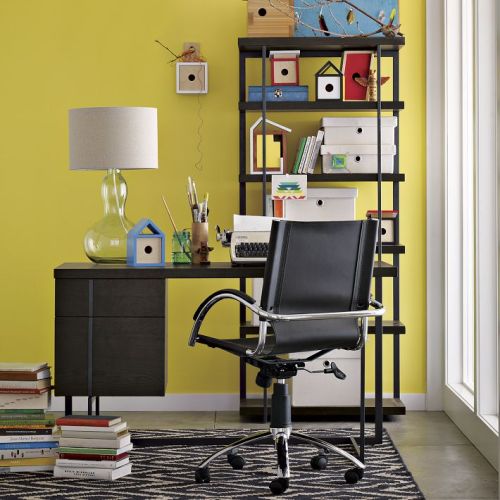 West Elm's Swivel Leather Desk Chair meets all of our feng shui requirements.
West Elm's Swivel Leather Desk Chair meets all of our feng shui requirements. - Be mindful of what you see in front of you when sitting at your desk. Is it a window with a view of the outdoors? This may lead you to daydream and perhaps not focus on work. Is it a blank wall? This may cause you to feel blocked and perhaps curtail your ability to come up with new ideas. Instead, make sure that what is in front of you is inspirational and matches your goals and dreams.
- Yes, you can have family photos in your home office, but just don’t overdo it. It may subconsciously confuse you and distract you from what needs to be accomplished.
- Nowadays any office has computers and electronic devices. Make sure you have enough plants to help combat the negative electrical energy that is associated with these devises. Water lily and spider plants are highly recommended.
- Keep track of your work hours, even if you don’t have to. If you are in a position where you have to track your hours in order to bill a client, then this is quite easy for you. However, many entrepreneurs accumulate “work hours” working on their own stuff. It’s always important to "clock ourselves in and clock ourselves out." This way we can see how much time we are actually spending on work and on how much time we're really goofing off.
- Remember to smile as often as possible while working ... even if you don’t want to. This may lead to the occasional unnecessary giggles or laughter. Since you are working from home, chances are that no one will see you, so you don’t have to explain this to anyone! It's always good to lighten your mood.
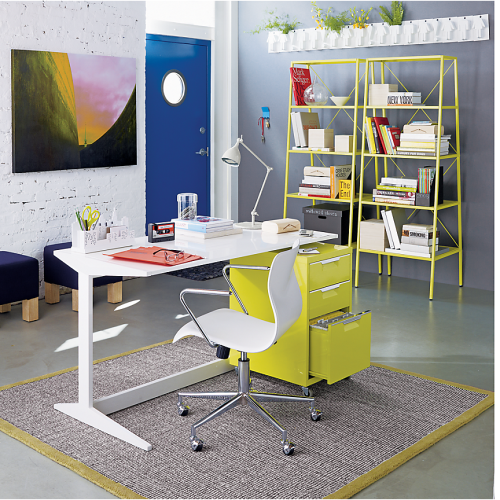 CB2 has a contemporary range of furniture for the home office.
CB2 has a contemporary range of furniture for the home office.
Feng Shui Homework
Your homework for this month: work on getting your home work space separate from your personal home living space. It may not be easy, but at least start tackling it.
Until next month,
Franca
Franca is a Feng Shui Student Advisor and Instructor at Sheffield School; visit her website for more information. If you're interested in learning more about feng shui and interior design, then we encourage you to explore the Sheffield School, New York, NY. Sheffield began as an Interior Design school in 1985, and then expanded our course offerings to train people in other design-related fields, including Feng Shui, Wedding and Event Planning, and Jewelry Design. With thousands of active students and more than 50,000 graduates, Sheffield has trained more design professionals than any school in the world.
- Request a free Sheffield School catalog describing our distance education courses.
- Subscribe to the Sheffield Designer newsletter.
 Franca Giuliani,
Franca Giuliani,  furniture,
furniture,  home office,
home office,  tips in
tips in  Feng Shui
Feng Shui 
